We tell the rules of washing, drying and ironing for bamboo, cotton, linen, woolen fabrics and products from Modala.

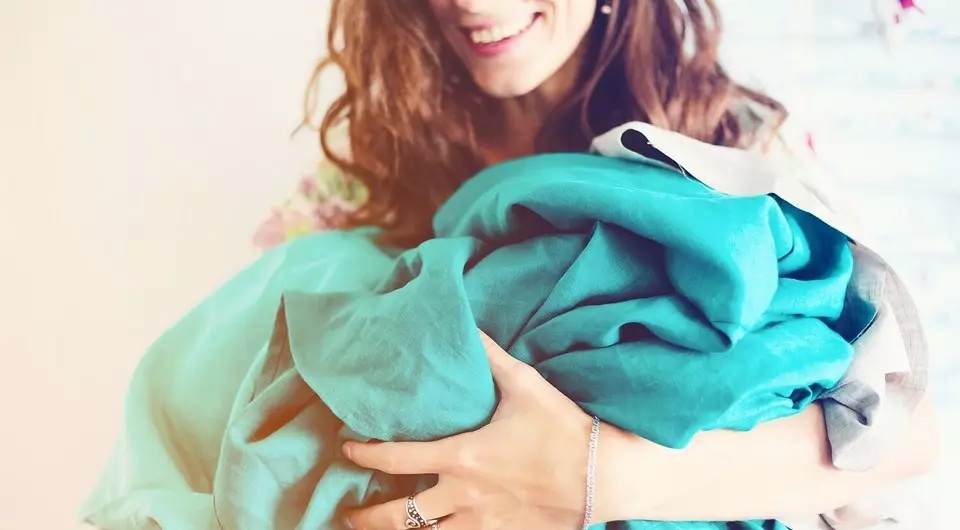
1 Bamboo fabrics
Bamboo is one of the most durable plant species. It is used in the production of different items for the house: from the floor covering to textiles. Bamboo fabric is slightly soft, has natural antibacterial properties, but it can easily stretch. Therefore, other fibers are mixed in the process of production to bamboo.
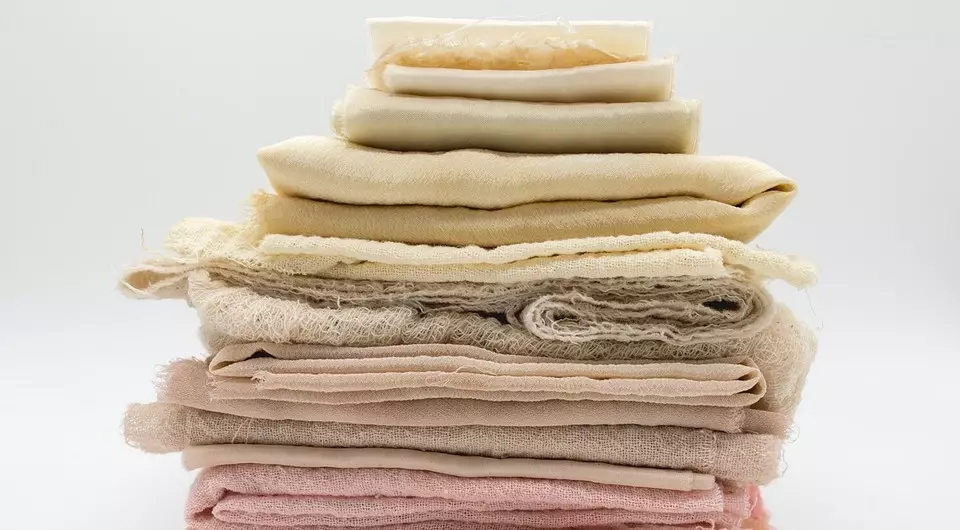
How to wash
Use the usual washing powder. If you erase clothes from bamboo fabric in a washing machine, choose the delicate wash mode, it will help to keep the form of things. For bed linen from bamboo, standard mode is suitable. Hot water (more than 30 degrees) is better not to use - only warm and cold.
How to remove stains
Despite the naturalness of the material, chemical stains (for example, Tide or Persil) are safe for bamboo tissues. You can apply a small amount on a stain and leave for 15 minutes before washing.Bleachers need to be avoided, especially if there is chlorine in their composition. If the tissue needs bleaching, choose an oxygen-based agent. And for the disinfection of the tissue (for example, pillows or blankets from bamboo), it is best to use natural agents (the essential oil of pine is suitable).
How to dry
Bamboo clothes and bed linen can not be automatic drying, it is better to hang fabrics on a liner rope or leave on a rack-dryer. We recommend driving clothes in a horizontal state to avoid stretching.
How to iron
Stop low temperature on an iron and disconnect the steam feed mode. High temperature may damage bamboo fibers.2 Cotton fabrics
Perhaps cotton is one of the most popular materials around the world. Bed linen is produced from it, plaid, decorative covers on pillows, clothes. Cotton does not cause allergies, resistant to the effects of insects and it is easy to care for it.
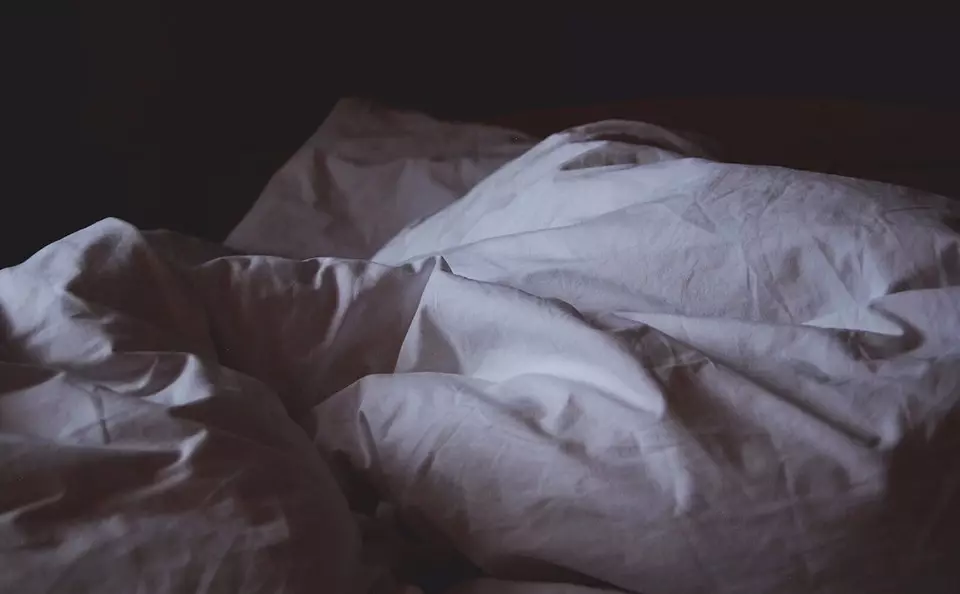
How to wash
Choose any powder, cotton fabrics are not capricious. In order to soften the fibers, you can use rinsers and air conditioners for linen.Cotton clothes are recommended to wash in warm or cold water to prevent shrinkage. Also, cold wash is recommended for colored and dark fabrics. But bed linen, bath and kitchen towels are better to wash in hot water to prevent the development of bacteria.
Cotton can be washed in a washing machine, almost on any mode. The only refinement is if there are lace or other decorative parts on things, it is better to choose a delicate washing.
How to remove stains
Use the oxygen stain pressure. If the cloth is dark color, it is better to check the reaction to the reaction to the invalid side to make sure that the color will not suffer.
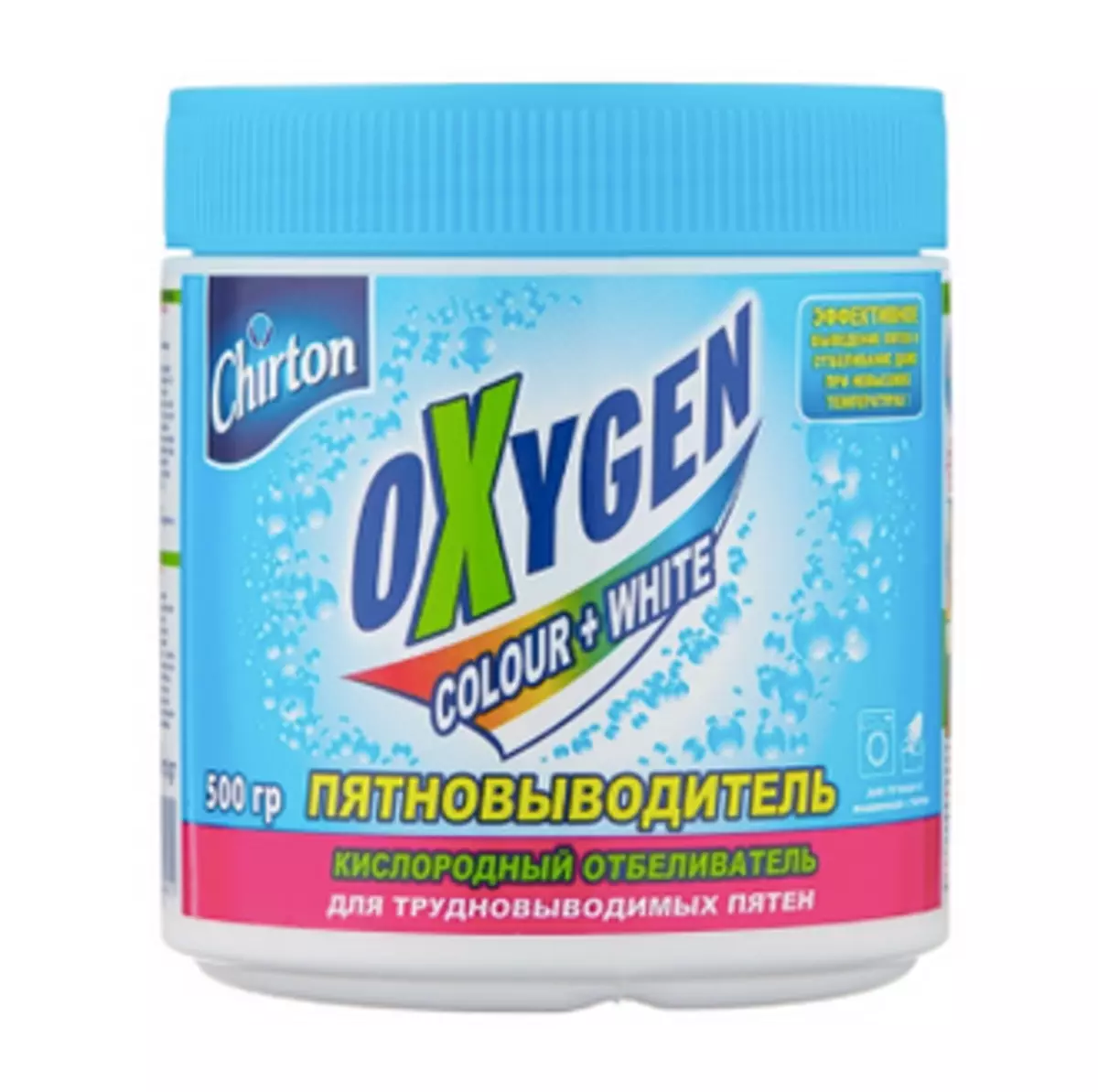
Chirton Oxygen bleach - stain remover
How to dry
Cotton fabrics are often not recommended to dry in a drying machine at high temperatures and in the sun. Because of the automatic drying, they can shrink and shrore, and in the sun - burn out.How to iron
Use the middle level of ironing and always turn the thing inside out. Too high temperatures can burn cotton fibers. Also for cotton things it is permissible to use the steamer.
3 linen materials
Len is perhaps the second on the recognition and popularity of natural fiber. In contrast to cotton, linen fabrics are more prone to abrasion and need more delicate care.
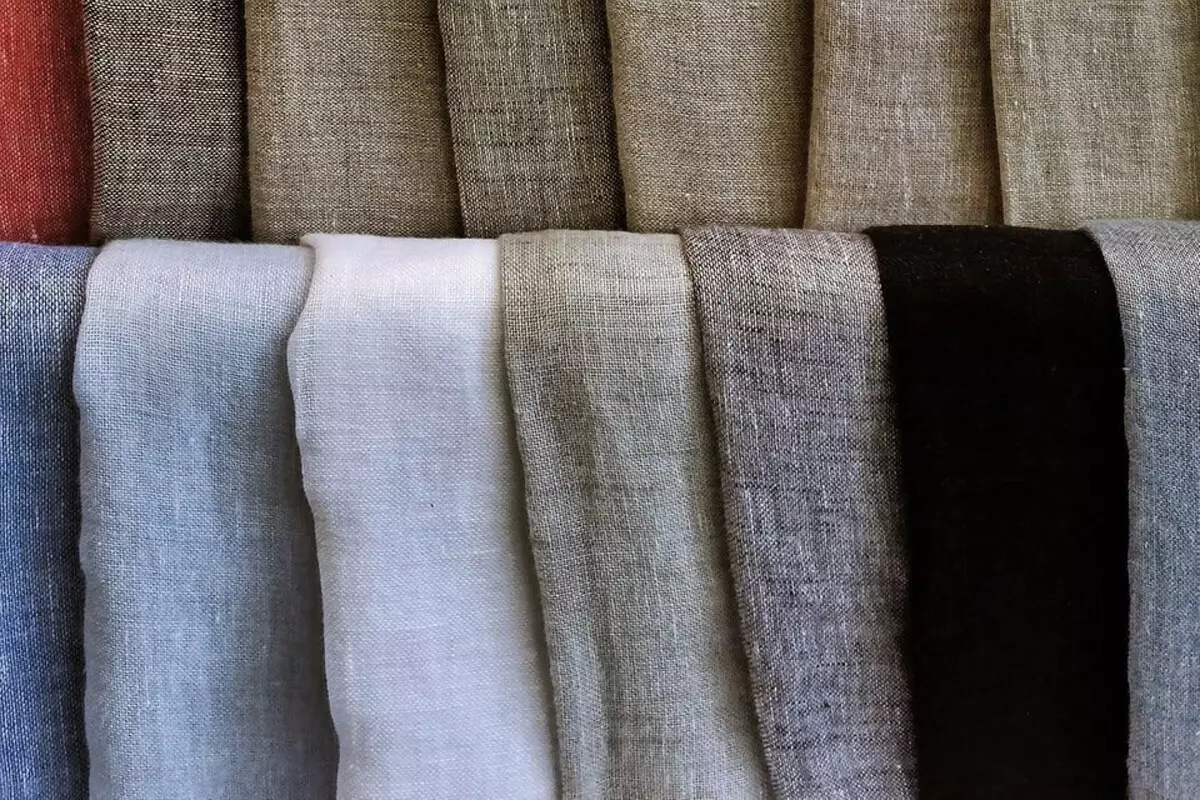
How to wash
Linen clothes, pillowcases or decorative covers on the pillows you must first turn inside out. This will help prevent damage to surface fibers when washing. Clothes are better to erase manually or in a washing machine on a delicate mode, and rinse only in cold water. Bed linen and tablecloths do not require such gentle circulation, as a rule, they write on labels that they can be washed at 40 (and sometimes 60) degrees.How to remove stains
If the flax is painted, the stain remover can change the color of the material, so it is always better to check the action on the inner seam or the pole thing. Apply a remedy for seams, then wipe your voice disk. If color remains on the disk, do not use this tool. From the chlorine bleach also better to refuse and use other compositions.
How to dry
It is best to dry the flax in the fresh air, but it is possible in an automatic dryer at an average temperature. Do not leoble things in the drying machine to the end, otherwise there will be strong chances. Pull out a slightly wet fabric and dry it on the crossbar.How to iron
Some prefer not to iron linen things at all, tablecloths and especially bed linen. We can agree with this - a slightly remembered fabric still looks stylish. But if you still decide to take the iron in your hands, start ironing on a slightly wet fabric and do not set the maximum temperature.
4 modal
The modal is a popular material that is used to produce bed linen and home textiles, although it appeared on the market not so long ago. In fact, it is a mixture of viscose with beech wood fibers. Fully natural material cannot be called, the modal is classified as a fabric on a natural basis.
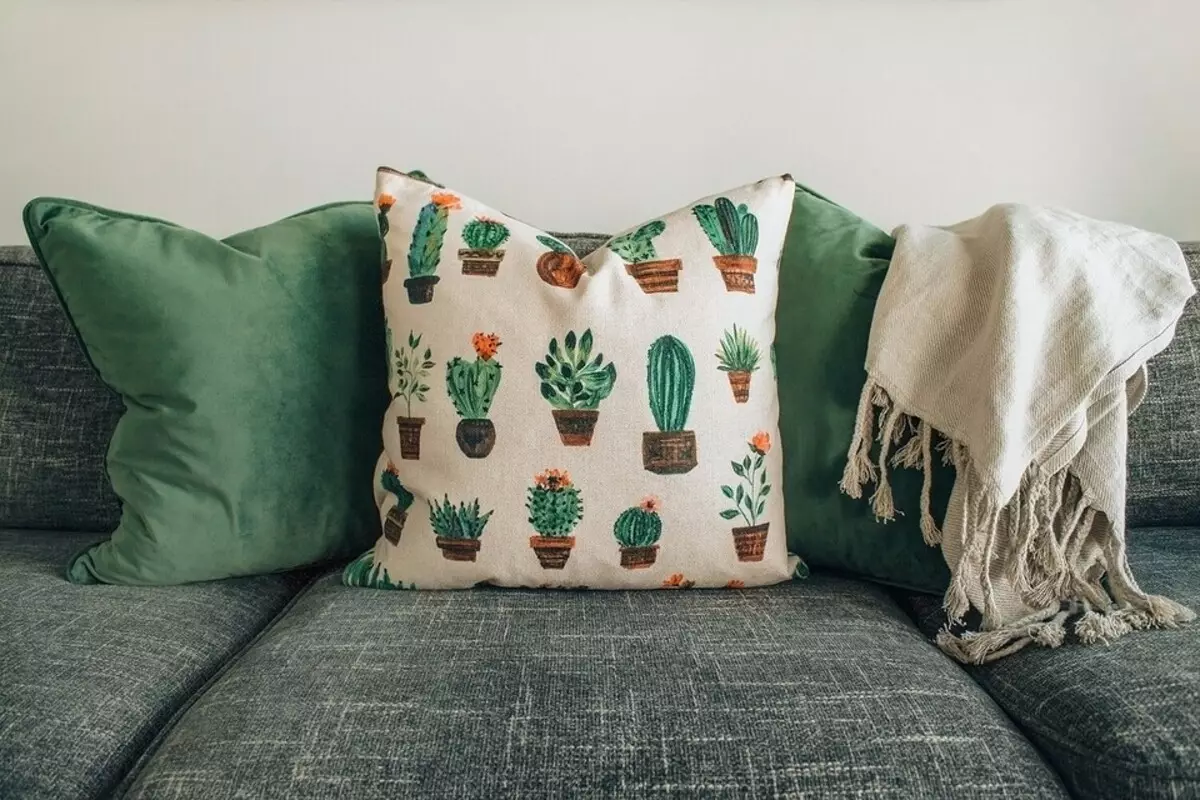
How to wash
Minor items are better placed in a special mesh bag for washing in a washing machine. Choose a delicate mode and cold water.How to remove stains
To get rid of stains, you can use a diluted chlorine bleach, but only for white fabrics. In other cases, it is recommended to mix the powdered oxygen bleach and water, following the instructions on the package.
How to dry
The modal needs to be dried at low temperatures, so do not dilute with automatic drying. It is better to leave the fabric slightly humid to prevent the appearance of strong chances.How to iron
As a rule, in ironing, such things do not need, but you can use the steamer if the chances still appeared, or put the iron to the middle mode.
5 Woolen and Cashmere Fabrics
Surely each of you has clothing or textiles for home from wool. Cashmere is a premium fabric, but also you can find the plaids and bedspreads for the house. Wool and cashmere require delicate care.How to wash
If we talk about clothes (coats, jackets), then such things always better give in dry cleaning. Accessories for home, as well as sweaters, scarves, caps can be erased manually or use delicate machine washing.
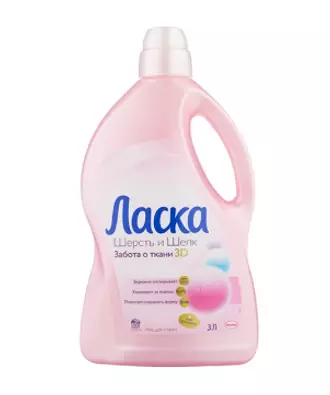
Gel for washing caress Wool and Silk
Pick up a soft detergent and put the washing mode in cool water. It is also not necessary to strongly press woolen and cashmere fabrics, they are easy to stretch.How to remove stains
Before using the stain remover, test it on the inside of the material. Chlorine bleach categorically not recommended to be used, even in diluted form.
How to dry
Do not use the machine drying, otherwise the materials will scratch, and they will be restored almost unrealistic. It is better to dry things in a horizontal position, for example on a dryer, and put a towel to them.
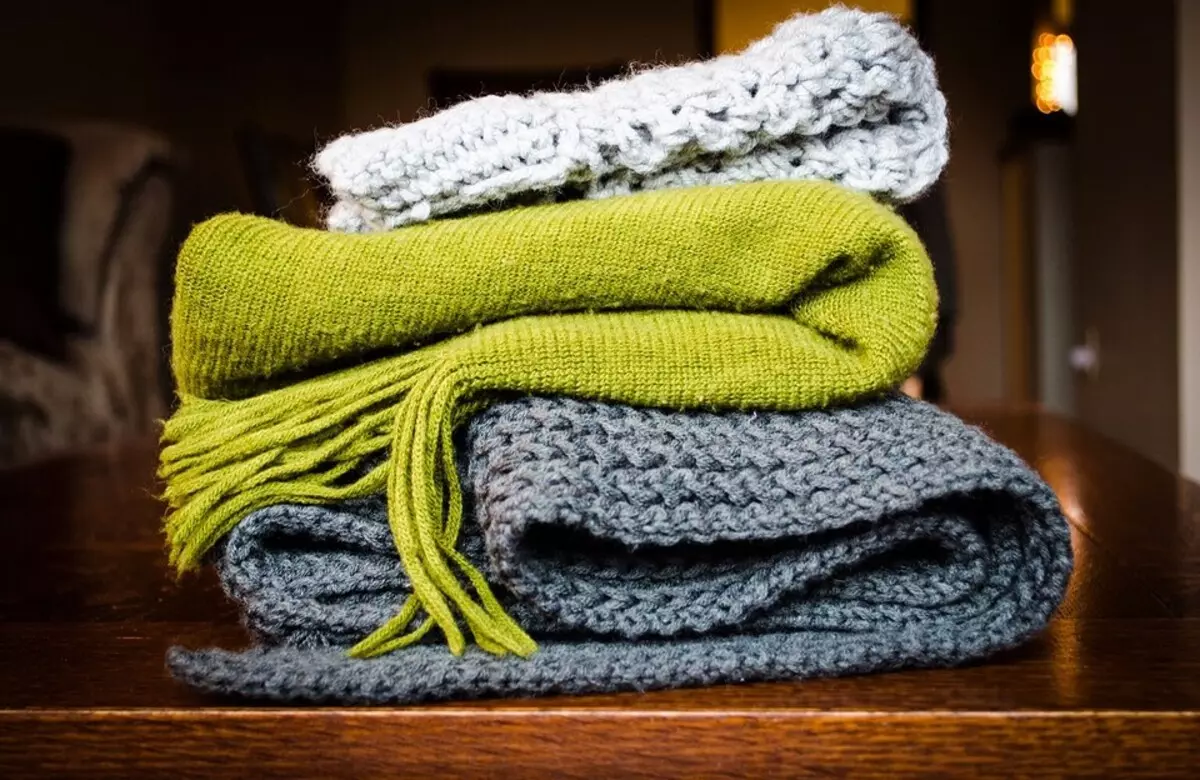
How to iron
It is allowed to use a steamer on weak modes or iron, but in this case, limit low temperatures.



